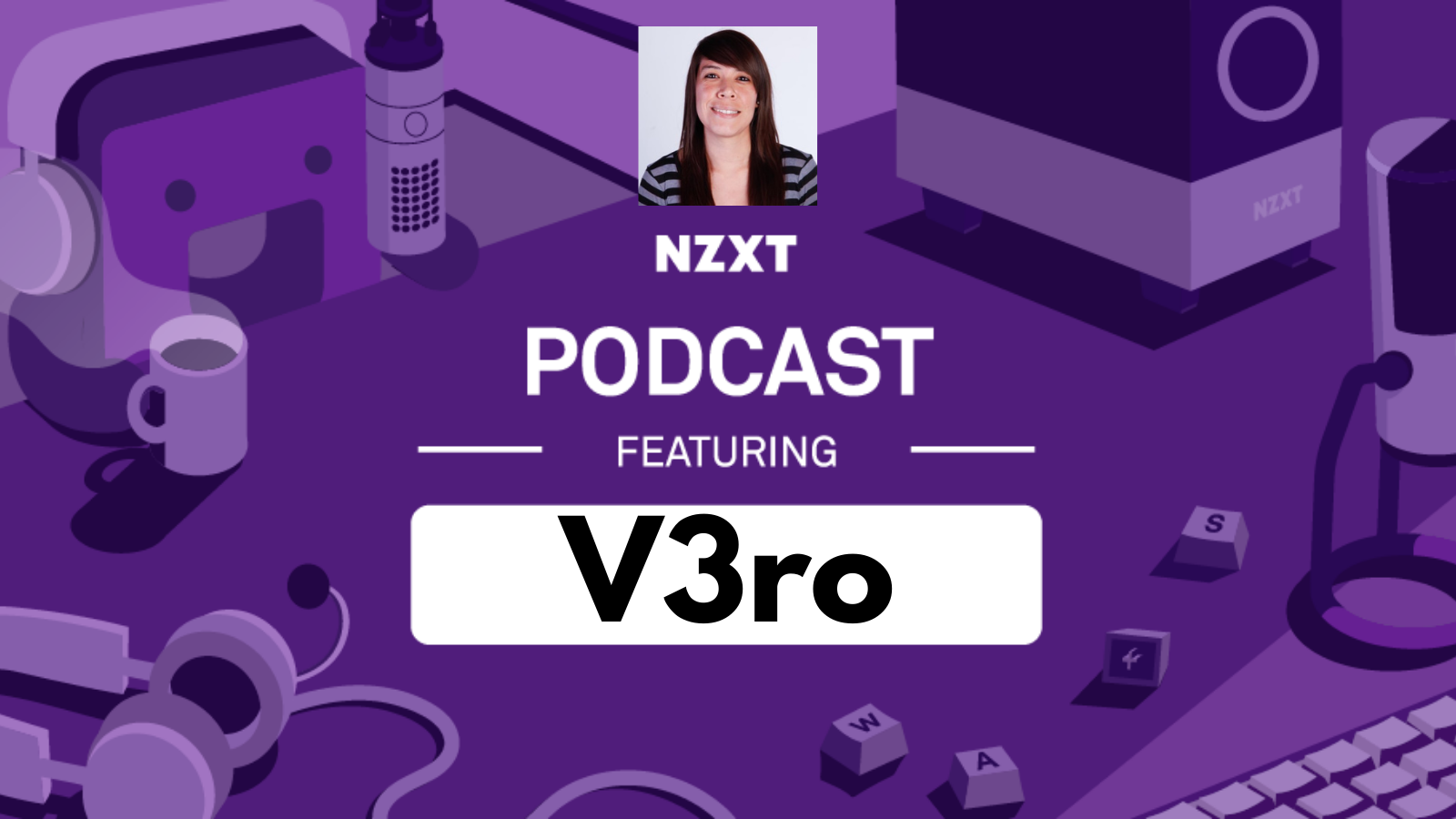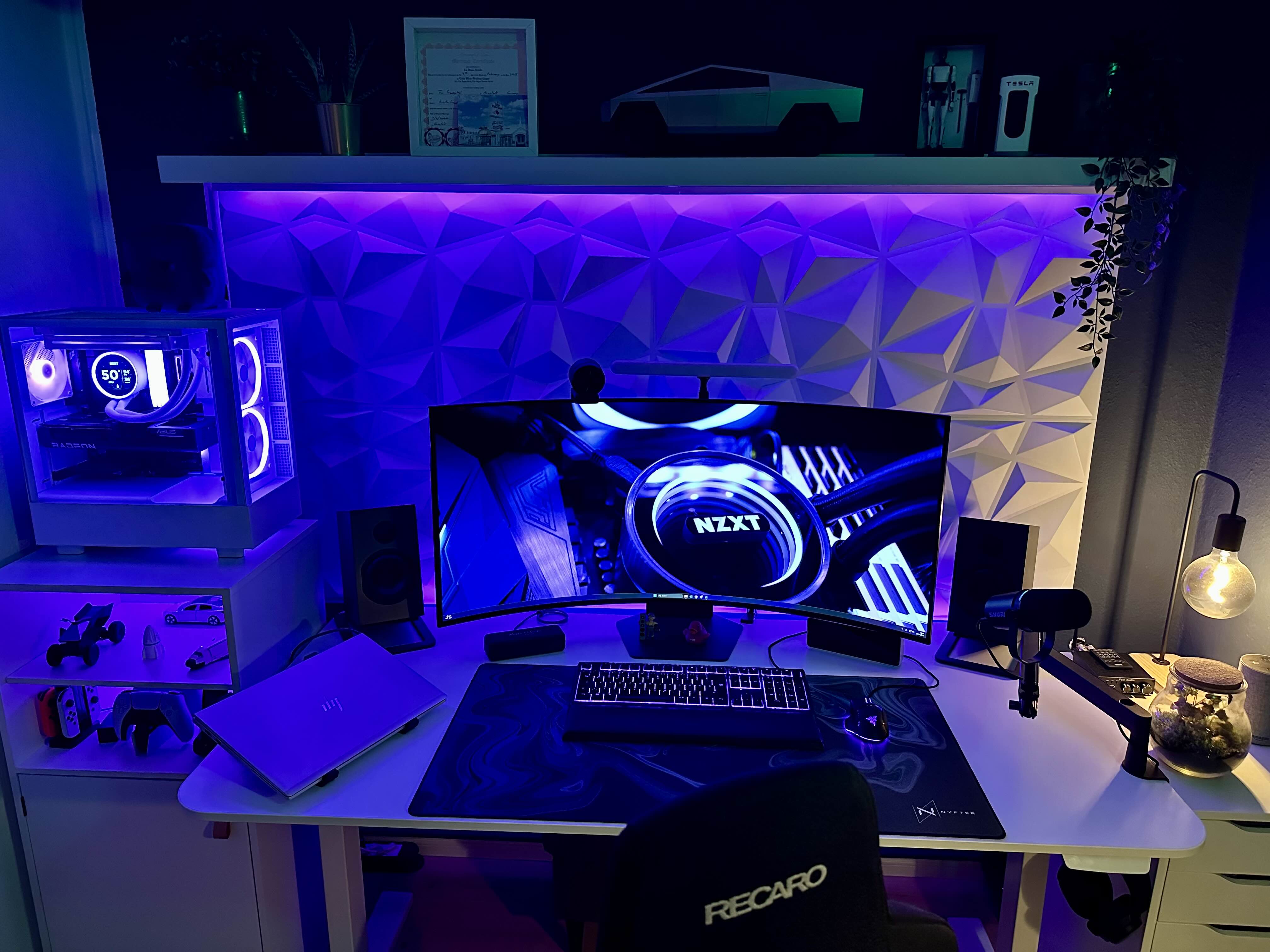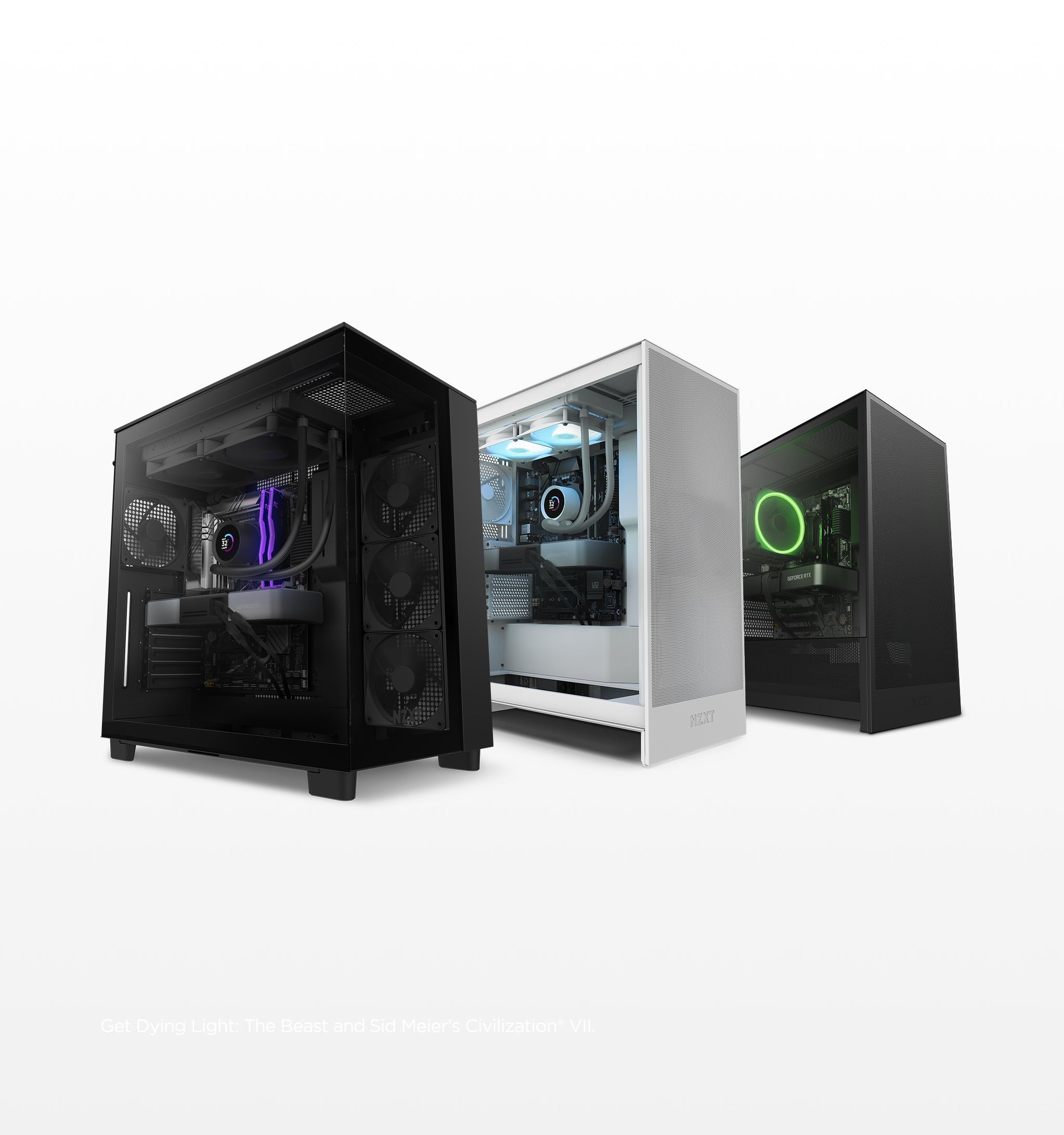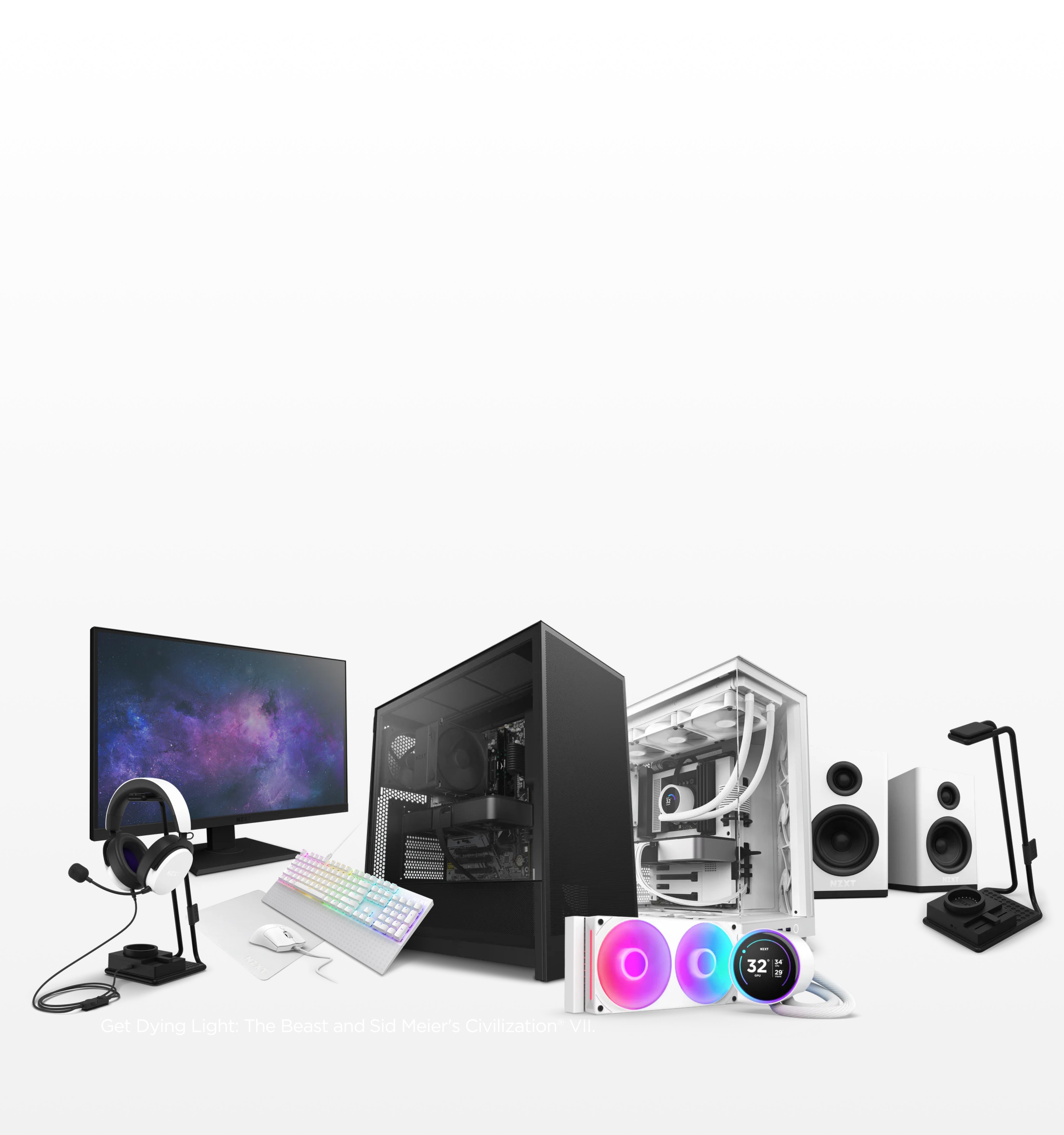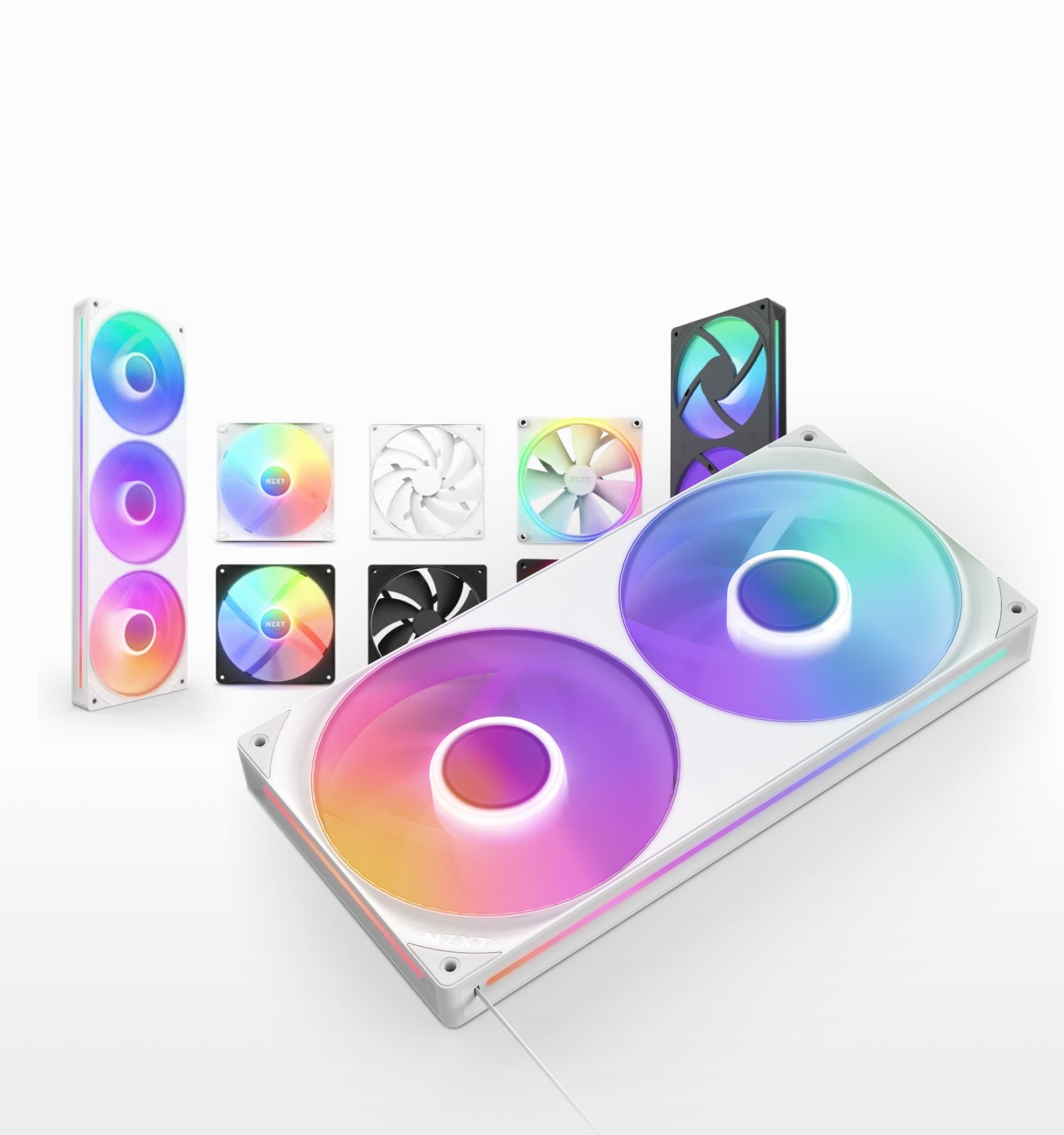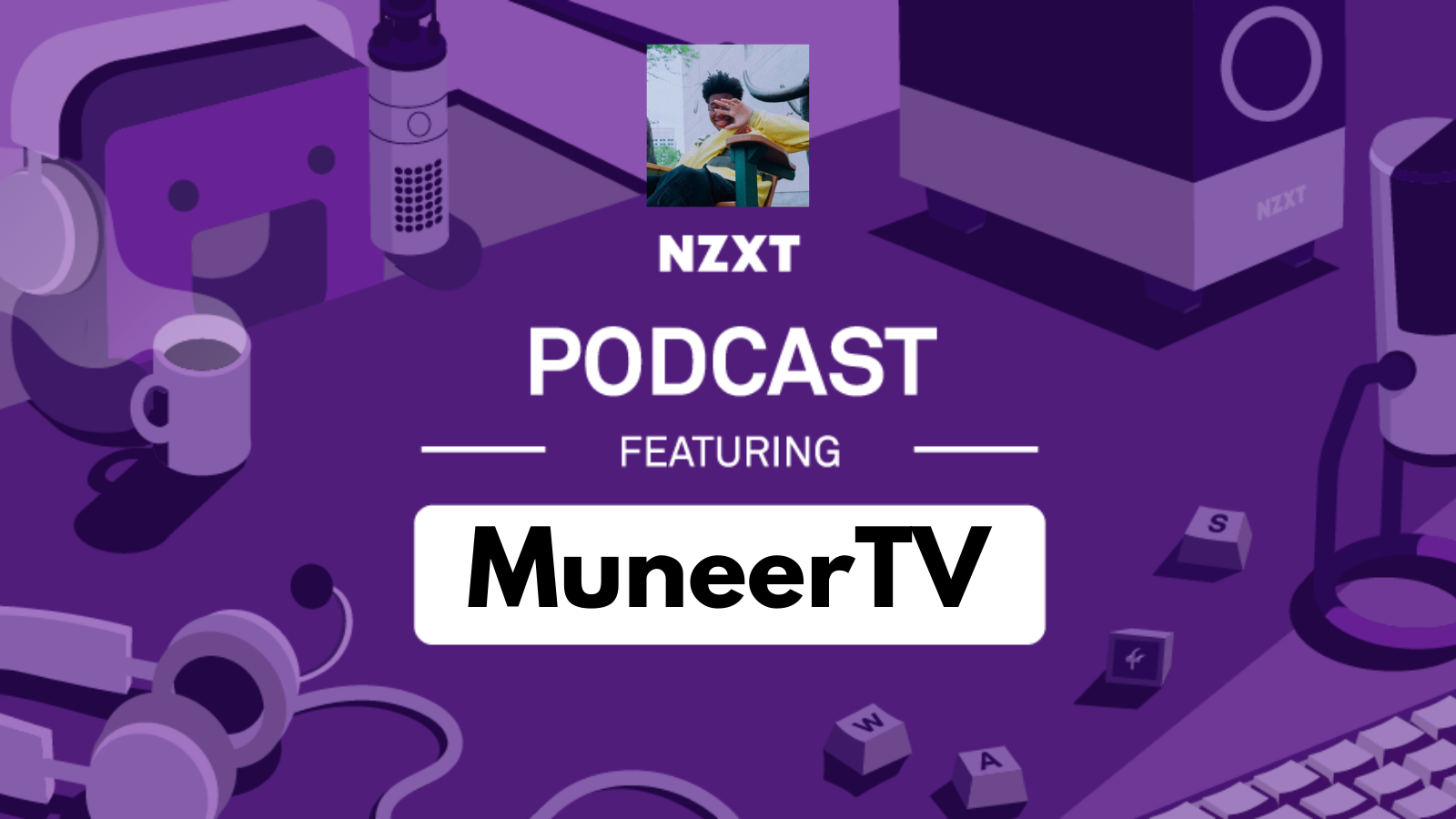How much storage does your gaming PC actually need?

Game installs aren’t getting any smaller. It’s not unusual for a single AAA title to take up more than 100GB of space — and that’s before patches, DLC, or mods. That makes storage one of the most important parts of a gaming PC. It holds your operating system, apps, and, of course, your games.
Unlike RAM, which only handles temporary data while you’re playing, storage is permanent. And when it’s fast, it makes a noticeable difference: quicker load times, smoother streaming of in-game assets, and enough room to actually enjoy today’s massive titles.
Almost every modern system now uses NVMe SSDs . These are far faster and more reliable than old HDDs , which are now rare in gaming PCs.
So let’s answer the big question directly.
How much storage does your gaming PC actually need?
Between Windows, essential apps, and modern AAA games that often exceed 100GB each, smaller drives fill up fast. That’s why choosing the right capacity up front makes a big difference. Here’s a quick breakdown based on typical gaming habits:
500GB – The absolute minimum. Only makes sense if you mainly play smaller indie titles, older games, or stream AAA games instead of installing them. After Windows and a few apps, you’ll have ~400GB left — enough for a handful of big games. Manageable, but cramped.
1TB – A solid starting point. Works for most casual to mid-range gamers. Enough for Windows, several large games, and a library of smaller ones. You’ll still need to occasionally uninstall what you’re not playing.
2TB – The sweet spot. Plenty of space for multiple AAA games plus extras like creative projects, mods, or media files. For most gamers, this strikes the best balance of price, convenience, and future-proofing.
4TB or more – For anyone who wants plenty of headroom. Ideal if you like keeping dozens of games installed at once, or if you’re working with massive files like video projects.
If you’re unsure what to pick, 2TB is where most gamers end up — a comfortable middle ground that gives you plenty of room without overthinking it.
Choosing the right SSD
Fast storage matters for gaming because it reduces load times and prevents stutter when games stream in new assets. The modern standard is the M.2 NVMe SSD — slim, fast, and plugged directly into your motherboard. You may also see SATA SSDs (either in the 2.5-inch drive style or as M.2 SATA). They’re much quicker than HDDs and still fine for secondary storage or budget systems, but they’re slower than NVMe. Traditional HDDs are still around for bulk media, but they’re no longer ideal for modern games.
NVMe drives are built for different PCIe generations , and your motherboard and CPU need to support that generation to get full speed:
Gen 3 – Older but still fine for budget builds. Common in older systems and won’t bottleneck most games.
Gen 4 – The current standard for gaming PCs. Roughly twice as fast as Gen 3 , affordable, and supported on nearly all modern motherboards and CPUs.
Gen 5 – Cutting edge, but not essential yet. On paper it’s faster, but gaming load times aren’t noticeably better than Gen 4. These drives are pricier, run hotter, and require a Gen 5–compatible motherboard and CPU to take full advantage of their speeds. They are backwards compatible, but will run at lower Gen 3 or Gen 4 speeds if your system doesn’t fully support Gen 5.
For most gamers, a PCIe Gen 4 NVMe SSD strikes the best balance of speed, value, and compatibility.
One large SSD vs. two smaller SSDs
Another choice you’ll make is whether to use a single drive or split storage across two. Both options work at any capacity:
One large SSD — Simple and fast. All your space is in one place, often with a better cost per terabyte.
Two smaller SSDs — Adds flexibility. Many gamers install Windows on one drive and keep games on another, which makes upgrades easier since you can swap the game drive without reinstalling your OS.
For most, a single large NVMe SSD is the most straightforward option. But if you like keeping your OS separate or want an easier upgrade path, two smaller drives can be a smart move.
The bottom line
So... how much storage does your gaming PC actually need? For most players, 2TB of NVMe storage (PCIe Gen 4) is the ideal balance of space, speed, and value. A 1TB drive works if you’re just starting out, but it tends to fill up quickly. And while 4TB or more is great for collectors or creators, it’s more than most gamers truly need.
The good news: storage is one of the easiest PC upgrades you can make. Start with what fits your needs now, and expand later if you want more room.
And if you’d rather skip the guesswork, our NZXT Player PCs all come with fast NVMe storage by default, with options from 1TB up to 4TB or more depending on the model.
